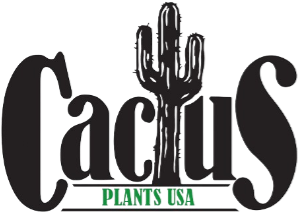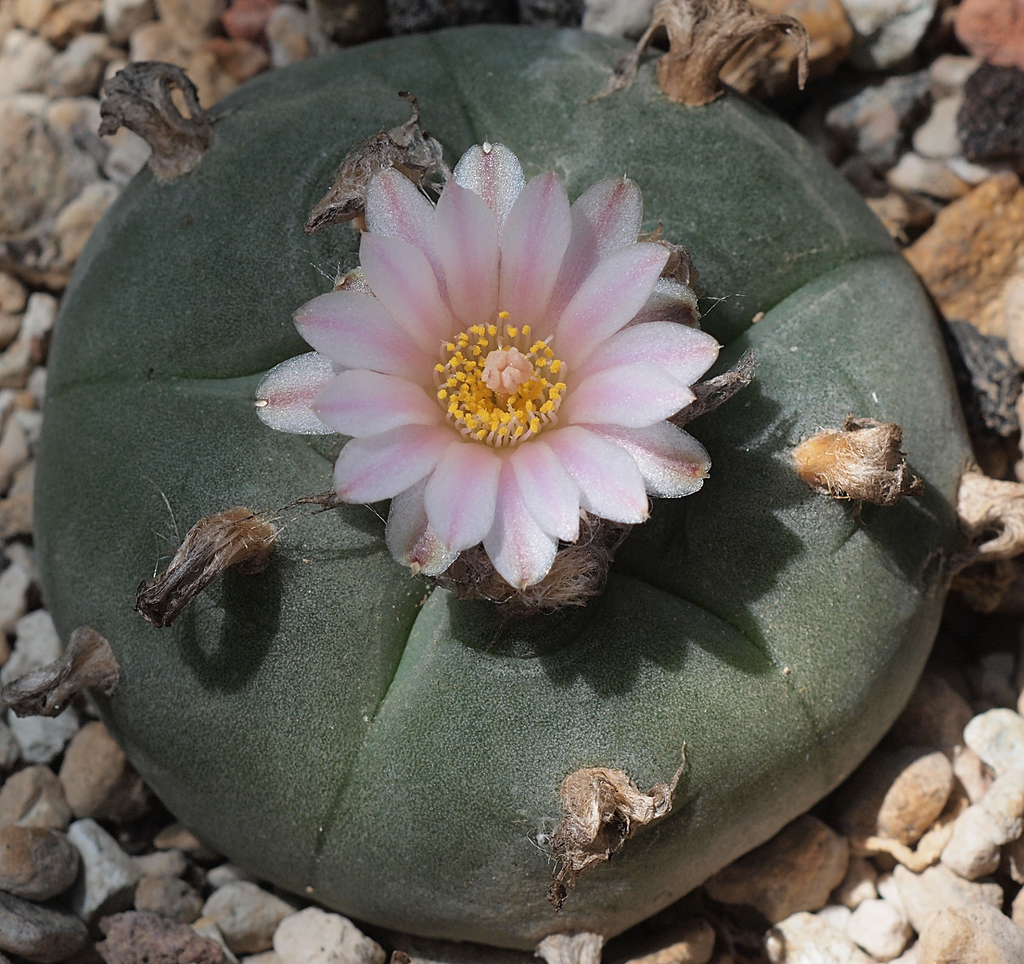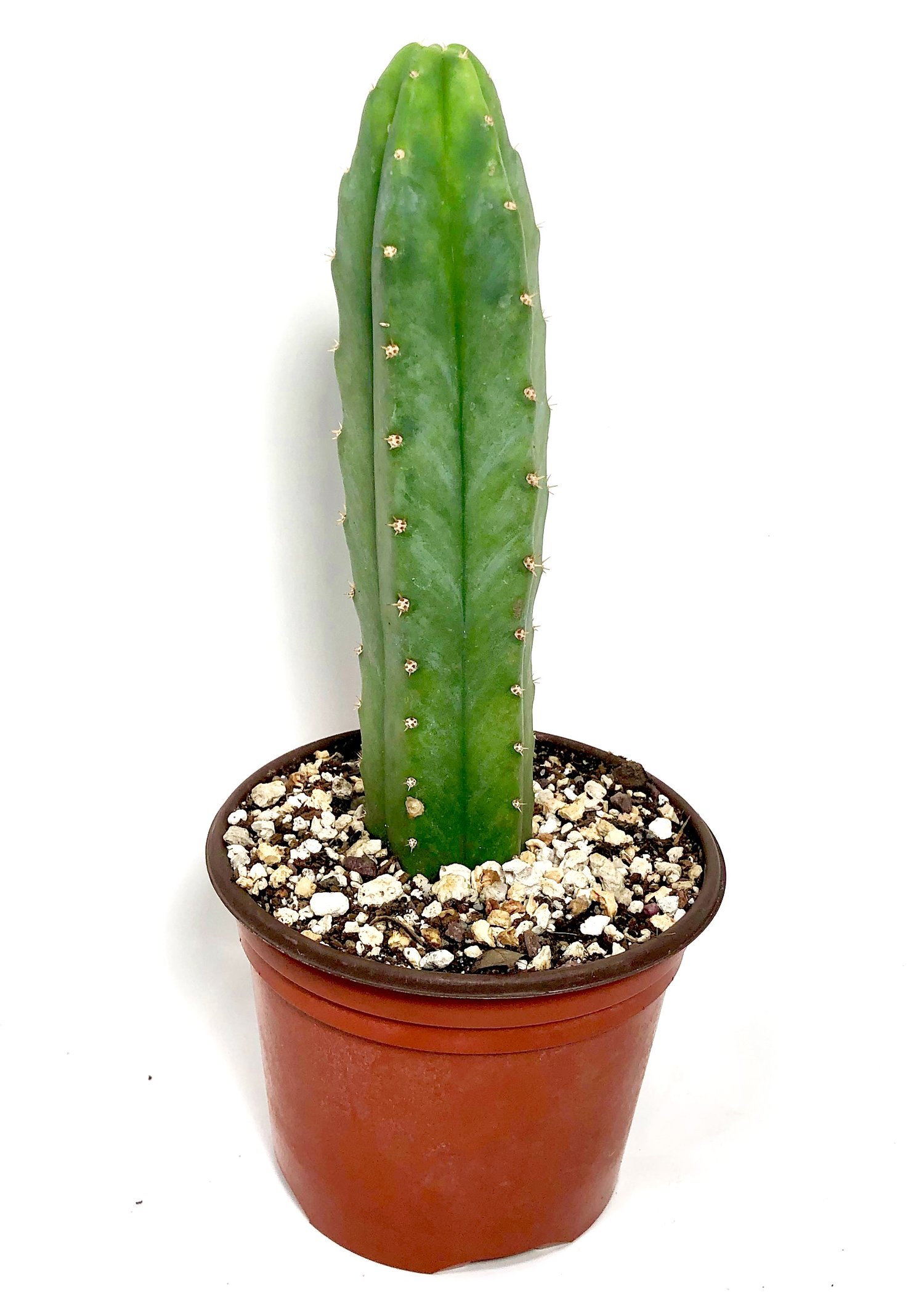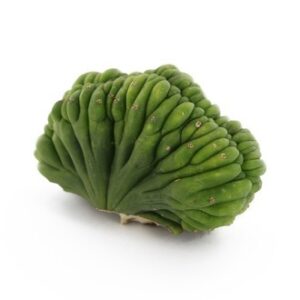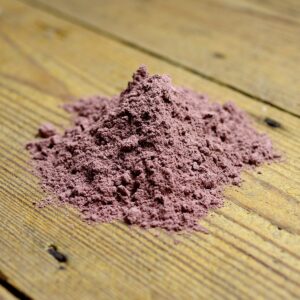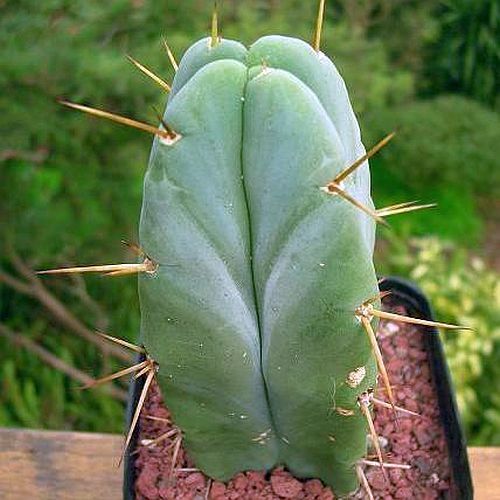Mescaline For Sale
Mescaline Cactus may be unfamiliar in Europe, but they have long been popular in Central and South America. You can now Buy mescaline cacti online at our store. Order the San Pedro or Peyote cactus online right now.

Where can I buy psychedelic cacti online?
Mescaline cacti and Fryd Disposable are available in two varieties. These are the San Pedro and Peyote cactuses. Perhaps you’d like to cultivate them all yourself? That is also an option. Then get our San Pedro, Peyote, or LSA seeds. In our store, you can get both the hallucinogenic cactus and the seeds. We will dispatch it to you as soon as possible and in a discreet manner.
What is a mescaline cactus?
Mescaline, polkadot chocolate For Sale is found in the San Pedro and Peyote cacti. Mescaline is a hallucinogenic drug. These hallucinogenic cactus have effects similar to LSD and magic mushrooms. Although it may be new to us in the Netherlands, it has been used for centuries in Central America, particularly Mexico. These cacti are employed in holy shaman rites in Mexico.
A psychedelic trip on San Pedro or Peyote is a spiritual experience. If you can’t let go of control, the journey might be incredibly intense. Females may also get Happy Caps Trip-E on. These are capsules that cause a trip, but they are considerably more mild and less strong. We usually suggest that first-time trippers take such a capsule before moving on to a harder psychedelic.
Our latest Products
-
$80.00 – $1,600.00 Select options This product has multiple variants. The options may be chosen on the product page
-
Huachuma Cactus, San Pedro Cactus
$20.00 – $230.00 Select options This product has multiple variants. The options may be chosen on the product page -
$67.50 – $85.52 Select options This product has multiple variants. The options may be chosen on the product page
-
$29.95 – $49.95 Select options This product has multiple variants. The options may be chosen on the product page
Why Cactus Plants USA?
We believe in easy access to things that are good for our mind, body and spirit. With a clever offering, superb support and a secure checkout you’re in good hands.

Smart ideas
With dozens of intelligent concepts, you’ll find what you’re looking for in our store, and it will be unique and personalized to match.

Outstanding support
Our customer support is second to none – users rave about how we don’t rest until every issue is solved to their satisfaction.

Secure checkout
With 128-bit SSL security with advanced encryption you are guaranteed that your purchases are safe.
About our Mimosa hostilis (MHRB) inner root bark
A group of indigenous farmers harvests the Mimosa hostilis (Tepezcohuite) root bark (MHRB) from the highlands above San Cristóbal de las Casas, Chiapas (Mexico), where it grows naturally. It is a product that has been legally certified.
Farmers that harvest the Mimosa utilize conventional farming techniques and no artificial fertilizers or pesticides.
The bark is taken entirely from the inner root in a sustainable manner that does not jeopardize the tree. To maintain a sustainable and environmentally friendly manufacturing procedure, Mimosa hostilis is collected and completely replanted.
The root bark and powder may be used as natural medicine, as a key element in cosmetic goods, and as a dye, producing great tones of purples and browns. Its pigments are vivid, making it an excellent textile dye with long-lasting and reliable results.
Depending on the dye, the quantity used, and the manner of dying, Mimosa hostilis root bark powder may produce tints ranging from bright reds to deep purples and everything in between.
The product is 100% pure, which means it is not blended with plant material from other areas of the tree and has no chemical additions.
-
$49.00 – $199.00 Select options This product has multiple variants. The options may be chosen on the product page
-
$50.00 – $200.00 Select options This product has multiple variants. The options may be chosen on the product page
-
$40.00 – $325.00 Select options This product has multiple variants. The options may be chosen on the product page
Real talk from our real customers
Loyal customers, they don’t just come back, they don’t simply recommend you, they insist that their friends do business with you.
Mimosa hostilis Root bark
Mimosa hostilis Root bark is the most desirable portion of the plant and originates from a tree known as Jurema preta, Jurema, Black Jurema, or Vinho do Jurema. Mimosa is native to Brazil, where it has been utilized for generations for a variety of medicinal uses. The root bark, which is also the portion of the Mimosa plant offered at www.mimosahostilisrootbark.net, contains the most Alkaloids. MHRB is used to manufacture skin care products and organic colors for art materials in the Western Hemisphere.
Although Mimosa hostilis is the more common name, the scientific name Mimosa tenuiflora is also used to designate this root bark.
The properties of Mimosa Hostilis root bark powder
Mimosa Hostilis is known as Tepezcohuite in Mexico and is widely believed to cause skin healing, accidental fire exposure, sunburn concerns, stomach ulcers, and usage in cosmetics. It also acts as an analgesic, providing hours of pain relief and hastening tissue repair. The bark is also used to treat debility and tiredness, and it has been demonstrated to boost the immune system. Mimosa Hostilis also has analgesic, antibacterial, cicatrizing, antifungal, anti-inflammatory, regenerative, and anti-aging properties.
Peyote Cactus For Sale

Peyote (Lophophora williamsii) is a cactus species found solely in the Chihuahuan desert of southern Texas and northern Mexico.
Peyote is a tiny, spineless cactus that contains hallucinogenic alkaloids, most notably mescaline. It blooms from March to May, and sometimes as late as September. Pink flowers with thigmotactic anthers (like Opuntia).
The many Lophophora species grow low to the ground and often form clusters with numerous, packed stems. The flattened spheres with sunken shoot ends are mainly blue-green, yellow-green, or reddish-green shoots.
They may grow to be 2 to 7 centimeters (0.79 to 2.76 in) tall and 4 to 12 centimeters (1.6 to 4.7 in) in diameter. There are no spines. Flowers bloom throughout the day, measure 1 to 2.4 cm in length, and have a diameter of 1 to 2.2 cm.
Poison is solely for ornamental usage. Agitation, hallucinations, tachycardia, mydriasis, hypertension, and vomiting are all symptoms. The majority of poisonings were caused by eating the plant or its decoction.
Bolivian Torch Cactus
The Bolivian torch cactus is a member of a large family of mescaline-containing cacti. These plants have been utilized for spiritual purposes for thousands of years and are being used for comparable purposes now.
However, the path to enlightenment might take you to some high and dry regions. That is, you will wind up in the lovely Bolivian high deserts, where this cactus normally flourishes. Sure, some individuals grow it abroad, but it’s difficult to obtain outside of its natural habitat.
As a consequence, prior to being able to acquire the seeds online, few people were able to experience its benefits. Instead of merely reading about it, you now get the opportunity to test it for yourself! But it doesn’t mean you should go in blind.
Before you even consider attempting the Bolivian torch, we strongly advise you to read on to get more acquainted. Before experimenting with this or any other psychedelic, do your homework.
Frequently Asked Question
Can Cactus Survive Without Direct Sunlight? Cacti, like other plants, use photosynthesis to generate energy while also conserving their own water supply. A mini-cactus requires around 4 hours of direct sunshine every day. Cacti grow weak and sickly when not exposed to enough sunshine. Succulents with backs need intense light to grow effectively, although they may survive with considerably less.
Our most popular products
-
$49.00 – $199.00 Select options This product has multiple variants. The options may be chosen on the product page
-
$50.00 – $200.00 Select options This product has multiple variants. The options may be chosen on the product page
-
$40.00 – $325.00 Select options This product has multiple variants. The options may be chosen on the product page
-
$34.00 – $144.00 Select options This product has multiple variants. The options may be chosen on the product page
Huachuma Cactus
San Pedro powder (Trichocereus Pachanoi), The San Pedro Cactus is all flesh, with no core or spines. The cactus Huachuma (San Pedro) has a long history of shamanic usage.
San Pedro Powder has long been utilized in Andean culture. The name San Pedro alludes to the prospect of connecting to heavenly sources; it is named after the Christian saint who guards the gates of Heaven.
San Pedro Cactus is regarded as the best plant teacher in the South American continent. In Northern Peru, it is also known by its Quechua name, Hachuma or Wachuma, which means inebriated or dizzy.
Echinopsis Pachanoi is also known as Achuma, Huachuma, Wachuma, Aguacoya, Hahuacollay, Giganton, and Trichocereus Pachanoi in South America.
Since Pre-Hispanic times, it has been a component of several magical-religious activities. It was used in the civilizations of Chavin (1200-200 BC), Paracas (300-0 BC), Nazca (100 BC – 700 AD), Mochica (200-700 AD), Chimu (1100-1470 AD), and even the Inca (1438 -1532 AD).
It has a millenary history of usage in Andean medicine and culture. Some archeological research has shown evidence of its usage dating back to the Chavin civilization, which dates back two thousand years.
It was utilized in religious ceremonies because of the hallucinogenic effects of the many alkaloids it contains, particularly mescaline. “Aguacoya” or “cimora” is a drink.
Brands we stock
We pick the very best so you can be assured of the quality. There can be no compromises when it comes to materials, ease of wear, and durability.






